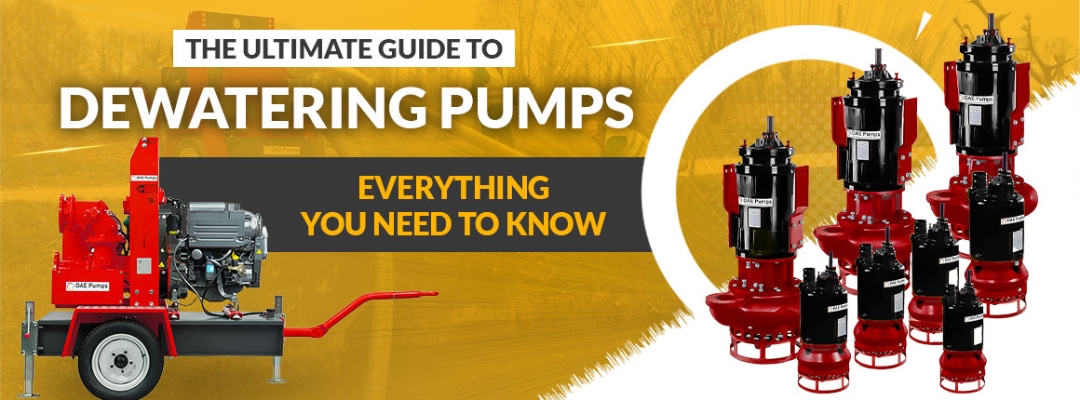10 years of experience as a food machinery equipment manufacturer
10 years of experience as a food machinery equipment manufacturer
Procuring an industrial horizontal dewatering machine represents a significant investment for facilities involved in sludge management, be it in municipal wastewater treatment, food processing, pulp & paper, or chemical industries. The right equipment maximizes solids capture, minimizes polymer consumption, reduces operating costs, and ensures smooth, continuous operation. Given the variety of models available, focusing on key technical features during the evaluation process is paramount for making an informed decision.

Understanding the fundamental design and build quality provides the foundation for assessing a machine’s suitability:
Operational efficiency and control heavily depend on these components:
The machine’s capability to handle specific sludge types effectively is the ultimate measure:
Long-term reliability and cost-effectiveness depend heavily on these factors:
Selecting an industrial horizontal dewatering machine is a complex process demanding meticulous attention to engineering features and performance data. By systematically evaluating the machine’s construction, drive and control systems, sludge conditioning integration, proven dewatering performance under comparable conditions, and the vendor’s support infrastructure using this essential feature checklist, buyers can significantly increase the likelihood of procuring equipment that delivers reliable, efficient, and cost-effective sludge dewatering for years to come. Due diligence, including site visits to view similar machines in operation and obtaining detailed quotations with clear performance guarantees, is strongly recommended.
